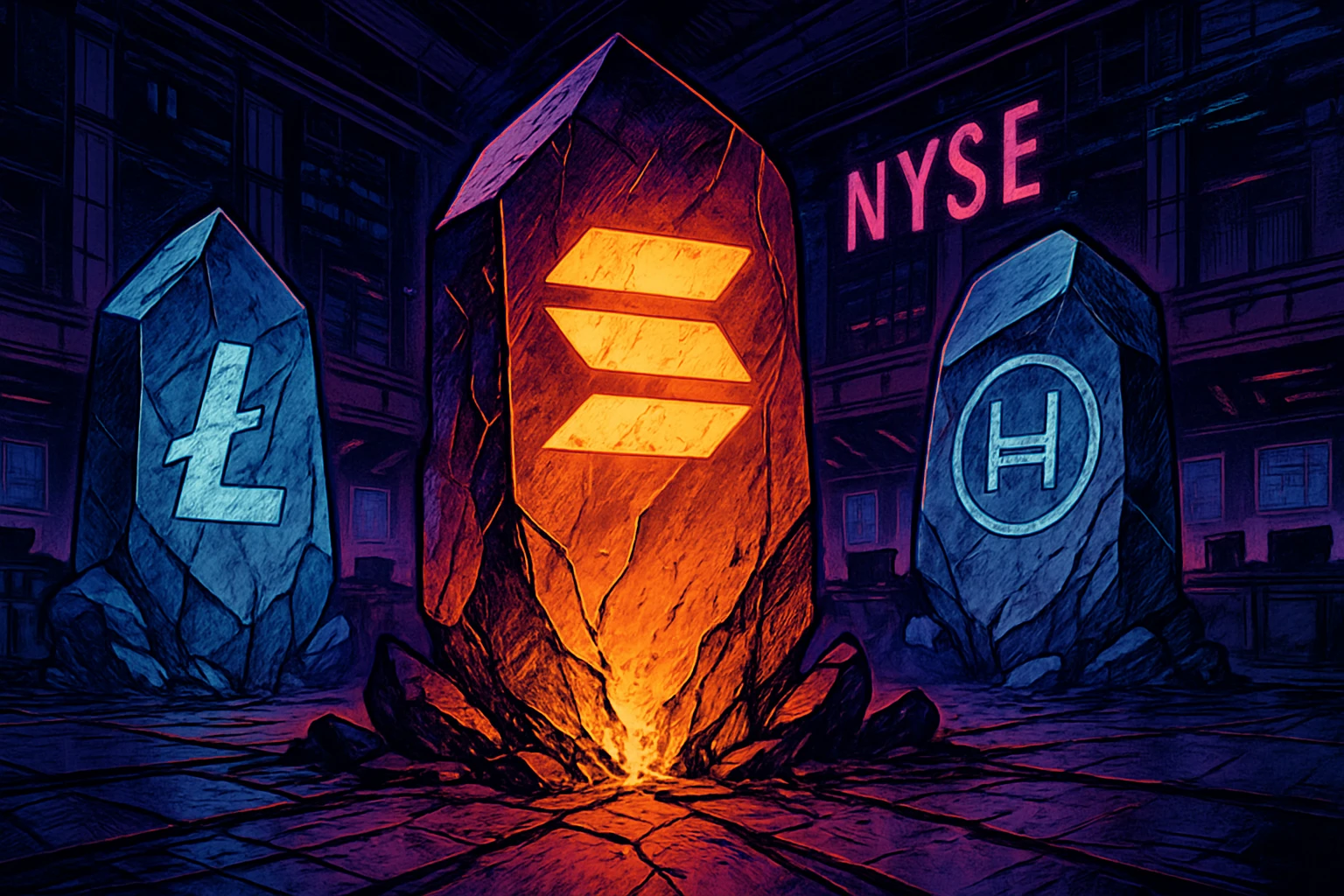Tiền điện tử

莱特币
LTC
Litecoin
莱特币 #24
$109.7998
8.89%
≈$109.64
Khối lượng giao dịch / 24H%
$1.49B
8.89%
Tỷ lệ quay vòng 24H
18.549%
Tiền điện tử
$8.36B
FDV
$8.36B
Cung lưu hành
76.5M LTC
Tỷ lệ lưu hành
91.1%
24h
+8.89%
7ngày
+11.73%
3mo
+17.82%
6 tháng
+7.86%
1 năm
+47.08%
Tất cả
- -
Chuỗi cơ bản
GoPlus
主网

Thuật toán cốt lõi
Scrypt
Cơ chế đồng thuận
PoW
Ngày khởi động dự án
2011-10-09
Phương pháp phát hành lần đầu
Trang web chính thức
Giấy trắng
Truyền thông xã hội
Truyền thông xã hội

Trình duyệt blockchain
Trình duyệt blockchain

Tiền điện tử
$8,362,937,196.53
Tỷ lệ vốn hóa thị trường
0.24%
FDV
$8,362,969,994.10
Cung lưu hành
76,495,958 LTC
Tổng cung
76,496,258 LTC
Tỷ lệ lưu hành
91.1%
Nguồn cung cấp tối đa
84,000,000 LTC
Ngày bắt đầu giao dịch
2013-04-28
Số lượng sàn giao dịch niêm yết
60
giá ban đầu
$4.3
Lịch sử giá
Thấp nhất mọi thời đại
1.0723
2015-01-15 (上线以来)
10139%
Cao nhất mọi thời đại
373.2167
2021-05-10 (上线以来)
-71%
Phạm vi hôm nay
104.5298
109.7998
Phạm vi 7 ngày
80.29
104.57
Máy chuyển đổi giá
USD
Thông tin dự án
kiểm tra thêm
山寨
Sự kiện mở khóa
Mở khóa nhỏ
| Ngày | Số token đã mở khóa | Tỷ lệ vốn hóa thị trường | Chi tiết phân bổ |
|---|
莱特币 Thông tin Liên quan

SOL、LTC、HBAR 現貨 ETF 正式上市!Solana 質押型 ETF BSOL 吸金 2.2 億美元
blocktempo.com

2025.10.27 16:00

Solana、LTC、HBAR 現貨 ETF 今晚上市美交易所!支持質押點燃山寨幣基金新篇章
blocktempo.com

2025.10.27 16:00
